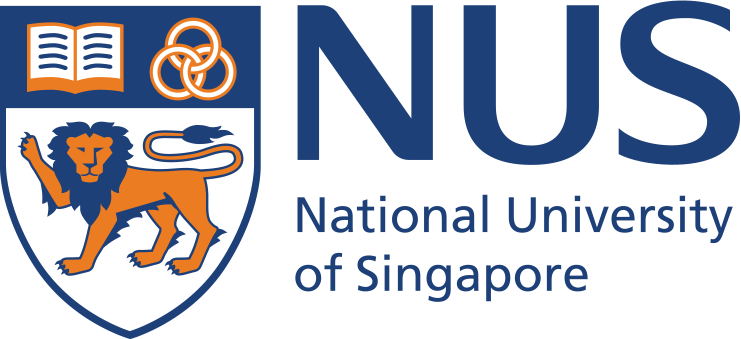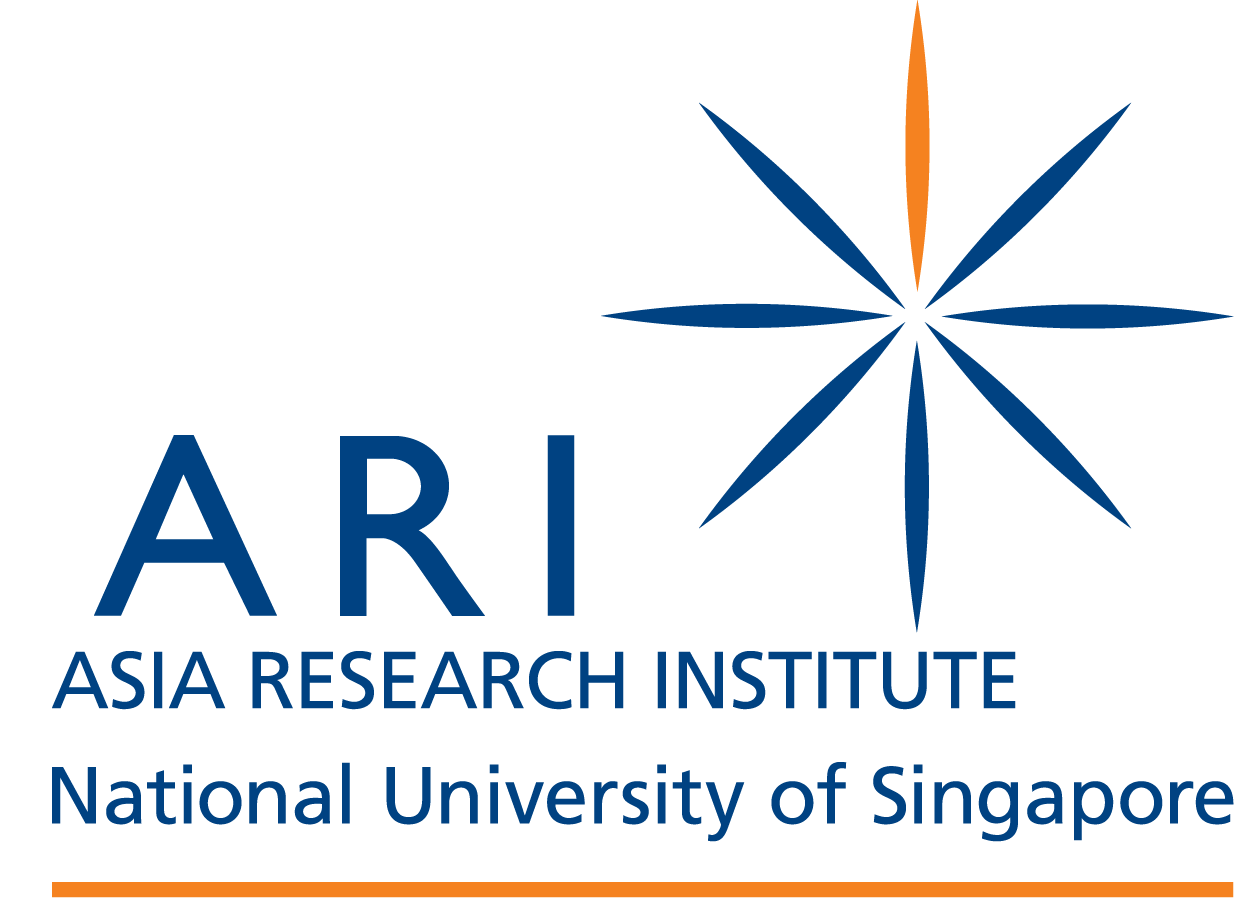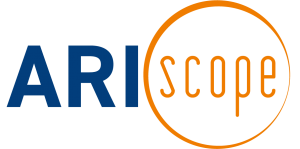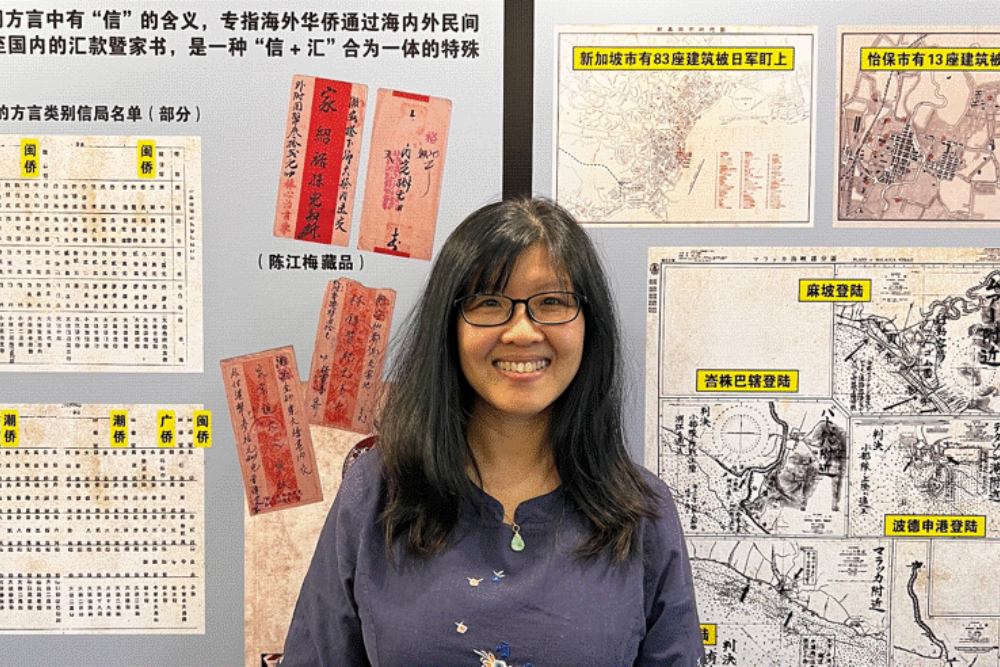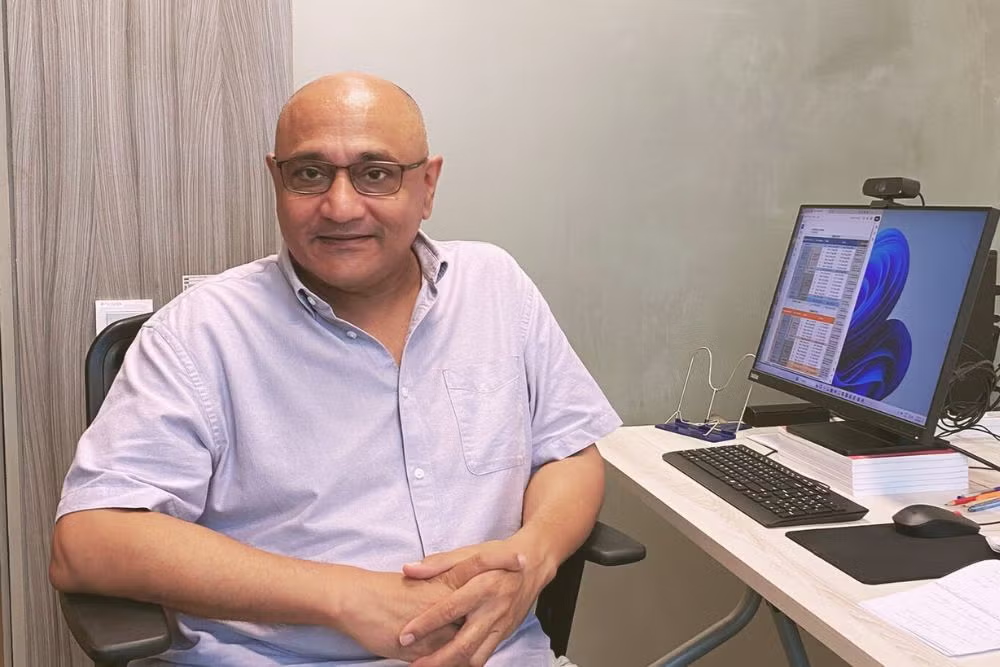Labouring in food rescue/redistribution: Key learning takeaways on sustaining Singapore’s circular food networks through volunteer labour
http://doi.org/10.25542/j1nb-e42c
Labouring in food rescue
While it is generally recognised that (cheap) labour is necessary for waste management, a rigorous conceptualisation of the work that goes into processing waste as well as propelling the circular economy is missing in much of the scholarship on circularity and waste. I seek to address this gap by foregrounding the labour that is needed for running ground up food rescue initiatives in Singapore. It highlights the labour that is required in differentiating and transforming waste into resources or non-waste. Additionally, it notes that circular economies have the propensity for valorising formalised work while devaluing the largely informal, unpaid labour that is critical to closing circularity loops. Food rescue activities have increasingly been successful at garnering community support and in turn, more volunteer labour for performing care and/or relational work. This forms a virtuous cycle, whereby more volunteer labour contributes to more food being rescued, less food being wasted and more volunteers subscribing to the cause of “feeding the people, not the bins”.
Singapore’s food rescue landscape
R-behaviours (e.g., rescue, reuse, repair) that can help to shorten circularity loops are just coming into the state’s purview. The rescue of still edible but unsold/discarded food from wholesale markets and curb-side garbage bins (i.e., dumpster diving or waste picking) started off at the fringes of society, but unlike scavenging for other unwanted objects, food rescue as well as the sharing of and requesting for rescued food have become more mainstream of late.) Food rescue groups like Divert to Second Life (D2L), which diverts unsold food from retailers and Food Rescue Sengkang, which redistributes ugly fruits/vegetables, among other items, have also gained public visibility (see Figures 1-2).
 Figure 1: Divert for 2nd Life. Source: https://divertfor2ndlife.wordpress.com/
Figure 1: Divert for 2nd Life. Source: https://divertfor2ndlife.wordpress.com/
 Figure 2: Food rescue Sengkang. Source: https://www.foodrescuesk.com/
Figure 2: Food rescue Sengkang. Source: https://www.foodrescuesk.com/
Over the last few years, Singapore’s food rescue and redistribution landscape has evolved in two main ways. First, volunteers from food rescue groups still recover food from bins but they have also been requesting for unsold/unsellable food from retailers/distributors directly. Second, these citizen-led initiatives are increasingly appropriated by the state, as their objectives are aligned to Singapore’s Zero Waste Masterplan and the Singapore Green Plan 2030 (see Figures 3–5). Food rescue collective can then ride on the state’s pre-existing infrastructure, such as Community Centres and Residential Networks for the temporary storage and/or distribution of surplus/rescued food. Elsewhere, I have argued that state support in providing rent-free market/storage spaces is immensely helpful in this land-scarce city.
 Figure 3: The distribution of rescued food by volunteers at Bishan Community Club, December 2024. Note the hashtags accompanying this image on Bishan CC’s Facebook page: #fridgerestockcommunity #besmgreenchapter #TowardsZeroWaste #BishanCCSource: https://www.facebook.com/photo/?fbid=1019500510221448&set=pcb.1019502043554628
Figure 3: The distribution of rescued food by volunteers at Bishan Community Club, December 2024. Note the hashtags accompanying this image on Bishan CC’s Facebook page: #fridgerestockcommunity #besmgreenchapter #TowardsZeroWaste #BishanCCSource: https://www.facebook.com/photo/?fbid=1019500510221448&set=pcb.1019502043554628

 Figure 5. Bishan CC’s e-poster of rescued food distribution days.
Figure 5. Bishan CC’s e-poster of rescued food distribution days.
Overall, I identify three main factors that have enabled food-related waste work to gain momentum in Singapore. Scholars attending to sustainability transitions have highlighted the significance of taking diverse ecologies of participation into account (see Chilvers and Longhurst 2016). First, taking Rut et al.’s (2021) notion of diverse participation as a point of departure, I note that food rescue initiatives have managed to secure support from a range of social actors (e.g., distributors, donors, facility providers, volunteers, organisations affiliated to the state) vis-à-vis diverse models of engagement (e.g., companies keen on corporate social responsibility, public-private partnerships, grassroot organisations, voluntary welfare organisations). Strategic links between food rescue collectives and state-related agencies can encourage the state’s endorsement of such initiatives, even if it is just making concessions for community fridges to be placed at the void decks of public housing flats (via, e.g., Residential Networks).
Second, collectives like Food Rescue Sengkang and their various satellites (in Toa Payoh, for example, see Figure 6) have managed to recruit a critical mass of volunteers to perform various roles perhaps because food distribution has been couched as care work (i.e., caring for the environment as “waste warriors”). These roles include drivers for transport and other kinds of assistance with logistics such as packers, crowd control, and food collection from distributors/retailers, among others. Volunteers are often able to create or find value in their involvement, such as accruing monetary savings from obtaining free food in the face of economic precarity and partaking in what Food Rescue Sengkang perceives as an urgent and rousing cause to “feed the people, not the bins”. Food rescue/recirculation is therefore collective care that is bound up in a moral economy.
 Figure 6: A rescued food distribution point by Food Rescue Sengkang, Toa Payoh satellite (circa 2020) Source: https://www.facebook.com/photo?fbid=164512701885409&set=pcb.164512948552051
Figure 6: A rescued food distribution point by Food Rescue Sengkang, Toa Payoh satellite (circa 2020) Source: https://www.facebook.com/photo?fbid=164512701885409&set=pcb.164512948552051
Third, food rescue activities denote a significant shift from top-down rational-technological fixes to a ground-up participatory approach that gives weight to the relational in closing the food waste loop. Whereas household plastic recycling efforts involve the self and a distanced public waste collector, food rescue/redistribution fosters a connection between a giver and recipient, regardless of how fleeting, transactional and/or utilitarian the encounter may be. Although the organisational logistics and re-circulation of rescued food may be afforded by smartphone applications, the relational work is still being performed by these app users. These applications serve as an intermediary by allowing for the quick dissemination of information (i.e., what kinds of food are available and where) while linking givers (who act as food sharing points) to recipients. I suggest that technologically facilitated engagements in food waste activism or what has been called “apptivism” (Schneider & Eli, 2023; Lewis, 2018) involve a neglected mode of digital relational labour. Digital labour on sharing applications can include taking pictures and creating posts of the food for giving away, checking for messages as well as liaising with potential recipients on collections time and locations.
Additionally, food rescue activities are embedded in localised spatial relations, which are instrumental in shortening circulation loops. According to Reike et al. (2018) short circulatory loops involve, in this case, food that is close to its original form and its end consumers, thereby ensuring its “freshness” (i.e., maximum value retention). As much as smartphone applications are about instant global connectivity, they are also bound to the place-based networks. For instance, D2L has collaborated with a networking app called GoodHood which aims to revitalise the kampong (or community) spirit in Singapore. D2L members are required to share a specified proportion of the food that they have rescued with their neighbours by posting this on the application. OLIO is another app that promotes neighbourliness via the distribution of surplus or leftover food. Both apps enable recipients to filter what is listed based on distance.
Key takeaways from food rescue activities
The labour that supports food rescue activities is embedded in caring relations. It is largely unpaid,but is not unproductive. Rather, food rescue has transformed unsold/unsellable/excess/expired food into “valued waste” (see Wong 2022). More recently, it has also scaled up to achieve high rates of “buy in” from multiple stakeholders. I have identified three main points from such food rescue and redistribution efforts.
First, the labour that goes into recirculating surplus/rescued food for free disrupts the capitalist status quo. Freegans (those who prefer to consume free food that is not store bought, usually with the intention of reducing food waste) and other individuals who do not mind ingesting rescued food have modified their consumption habits by refusing and/or reducing food purchases from retailers. Besides undermining a capitalist logic (based on monetary transactions), the refusal of and reduction in store-bought food are environmentally preferable because they are ranked higher on a waste management hierarchy (i.e., refuse, reduce, reuse, before recycle).
Second, food rescue activities generate “rich regimes of value”, such as exercising environmental stewardship. Lau (2022) has implied that waste work does not have to be “unproductive” or a waste of time/effort just because there is no financial remuneration, especially when waste workers are themselves transformed when they transform waste into something of value. Han, who is an environmentalist, shares that “being a food rescuer, redistributor or beneficiary is fulfilling in a few ways—[he] can help to reduce food waste, meet [his] basic needs and build new connections with [his] neighbours”. He tries to establish "a win-win situation with his neighbour who rescues food directly from Panda Mart by helping her to clear all the left-over food that she hasn't managed to give away". He then takes it upon himself to redistribute the extra food that he does not need by “relisting them on Olio” or messaging his neighbours-turned-personal-contacts and leaving the food outside his flat for collection.
Concluding thoughts
Overall, this research contributes to the scholarship on circular economies and critical discard studies by explicating the labour intensive as well as expansive waste work foundational to the operationalisation of a circular economy. As Berry (2022: 27) puts it, “waste [implicates] a series of relationships—between people, between things—characterized by power and privilege as well as care and community”. Food rescue activities spotlight the deeply relational facets of waste work which has yet to be systematically investigated. Some of these facets include changing how people relate to food/consumption, and building “zero-waste”, food secure communities, among others.
Simultaneously, these examples posit that for socio-environmental movements to gain traction, labour must first be put into creating and conveying the “rich regimes of value” that may appeal to volunteers, before these movements can reap unpaid labour. The cultivation of meaningful relationships or social capital is one such value regime. Relatedly, in spite of the unpaid labour, food rescue activities are not necessarily unproductive, or devalued in general (albeit with some concerns about food safety).
If unpaid labour (along with lowly paid waste work) is key to sustaining a circular economy, then questions need to be asked about how we can close the circularity loop without widening the inequality gap (see Marks et al. 2023). These are questions about who bears the disproportionate cost of unwaged waste work and the ethics of exploiting one’s “care for the environment or community” in order to extract this unpaid labour. Other questions pertain to how this unpaid labour can be better distributed, supported, validated and accounted for. Such questions are of paramount importance for imagining a more socially sustainable rendition of a circular economy.
The views expressed in this forum are those of the individual authors and do not represent the views of the Asia Research Institute, National University of Singapore, or the institutions to which the authors are attached.
Dr Tan Qian Hui is a Postdoctoral Fellow with the Migration cluster at the Asia Research Institute. Her research interests are in intimate relationalities, embodiment and more recently, sustainability politics are often informed by critical feminist as well as queer theoretical perspectives. As a socio-cultural geographer by training, her work has been published in Gender, Place & Culture, and Social & Cultural Geography. At ARI she works on an interdisciplinary project on plastic waste management in households across Singapore and Australia.
